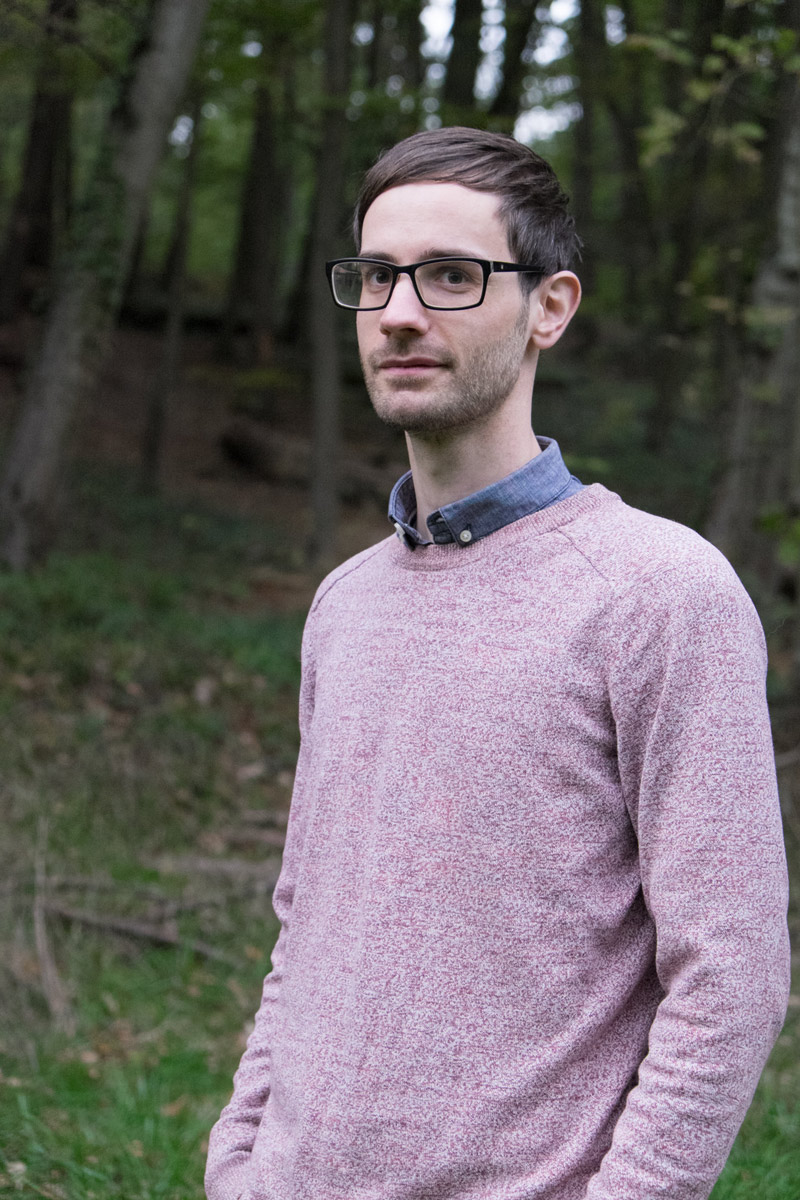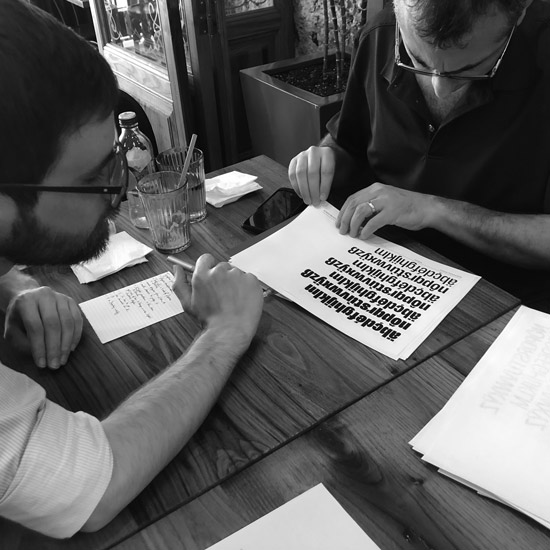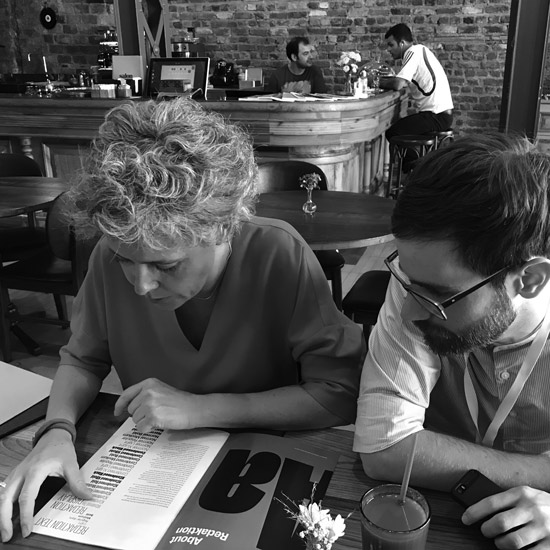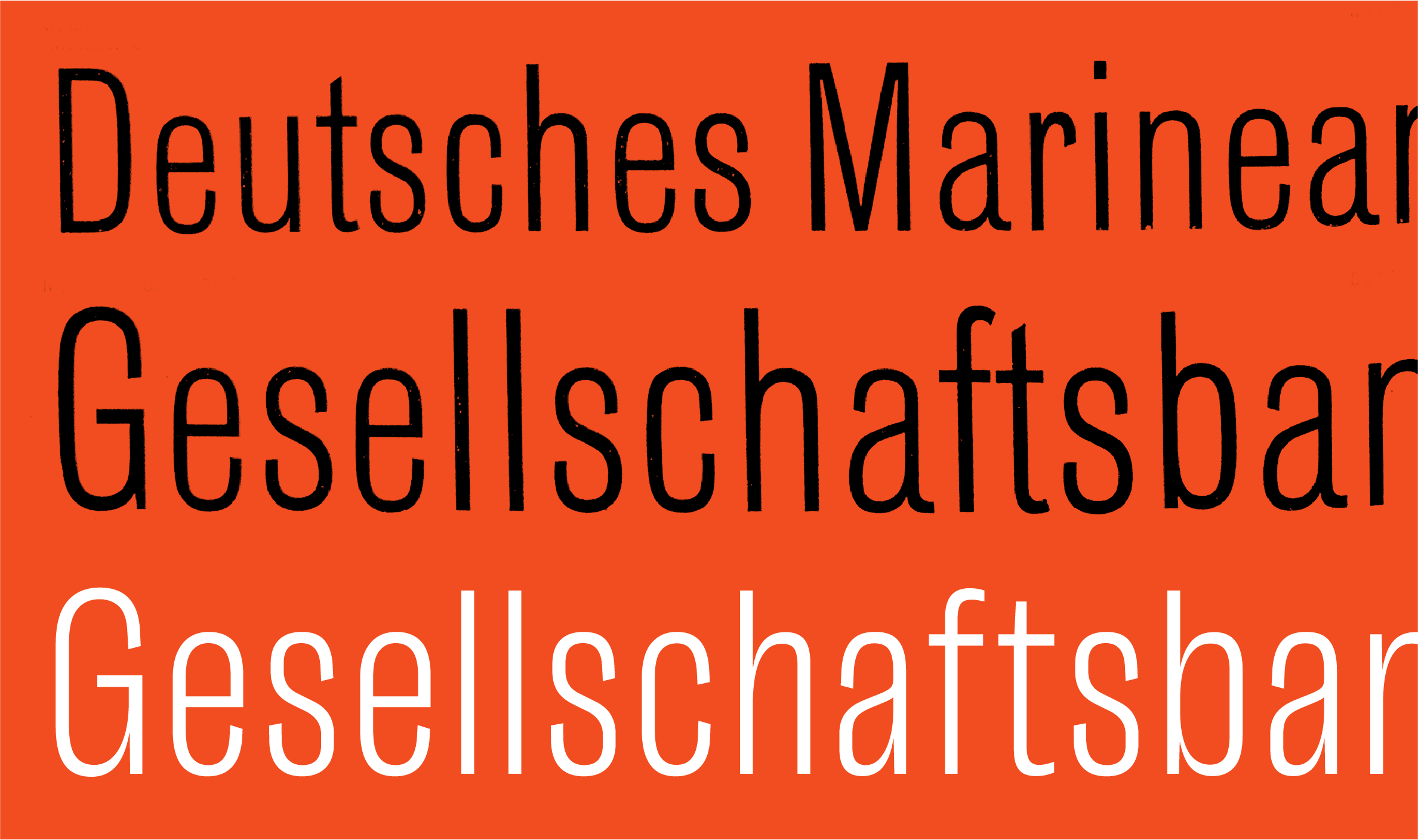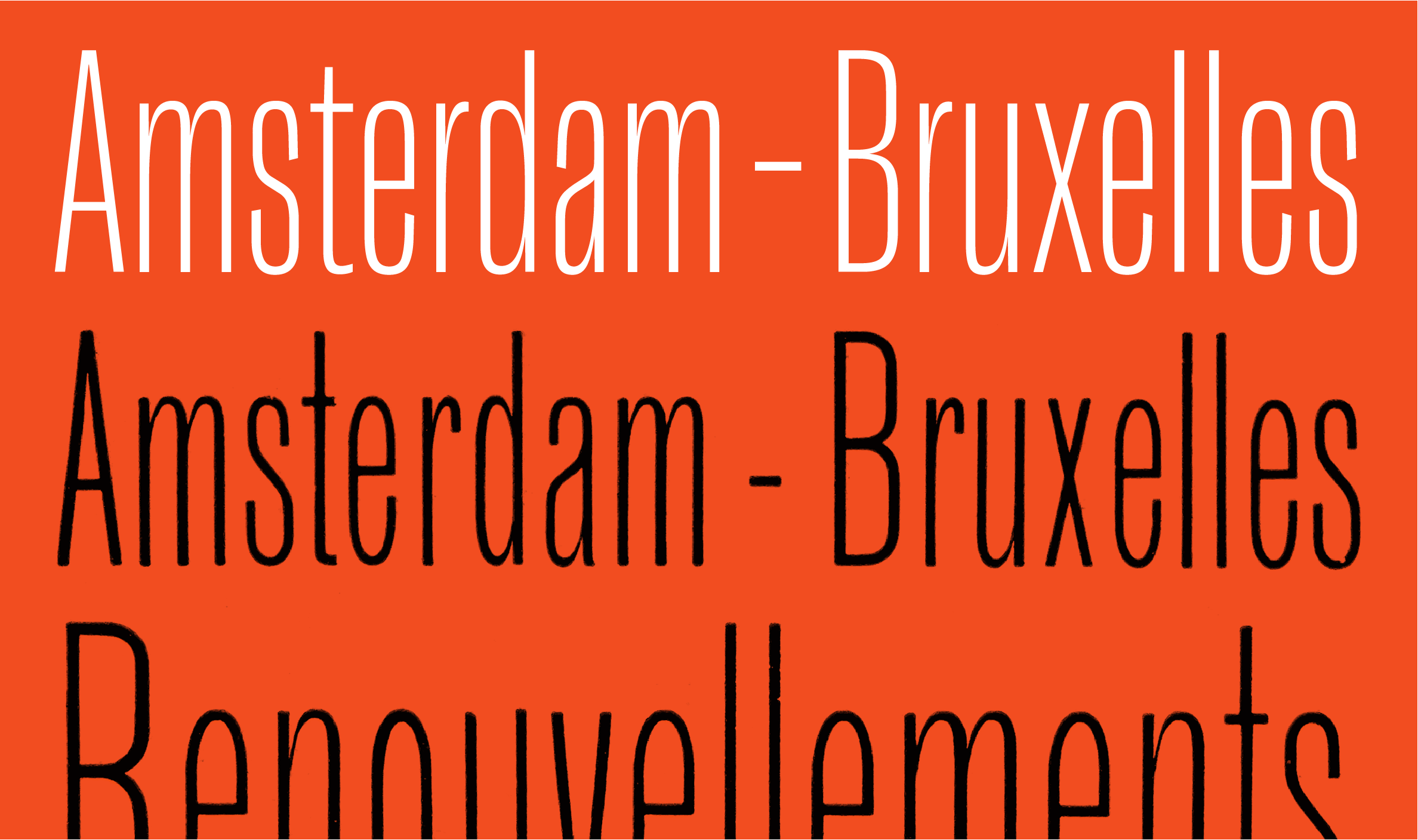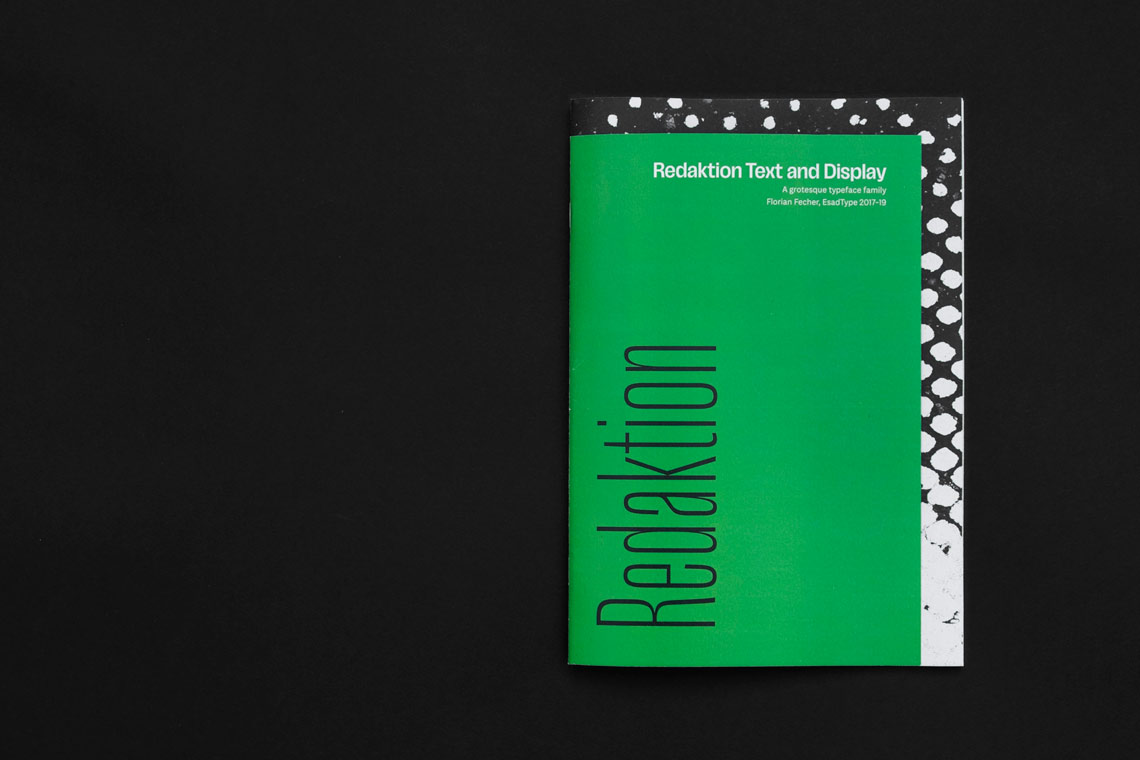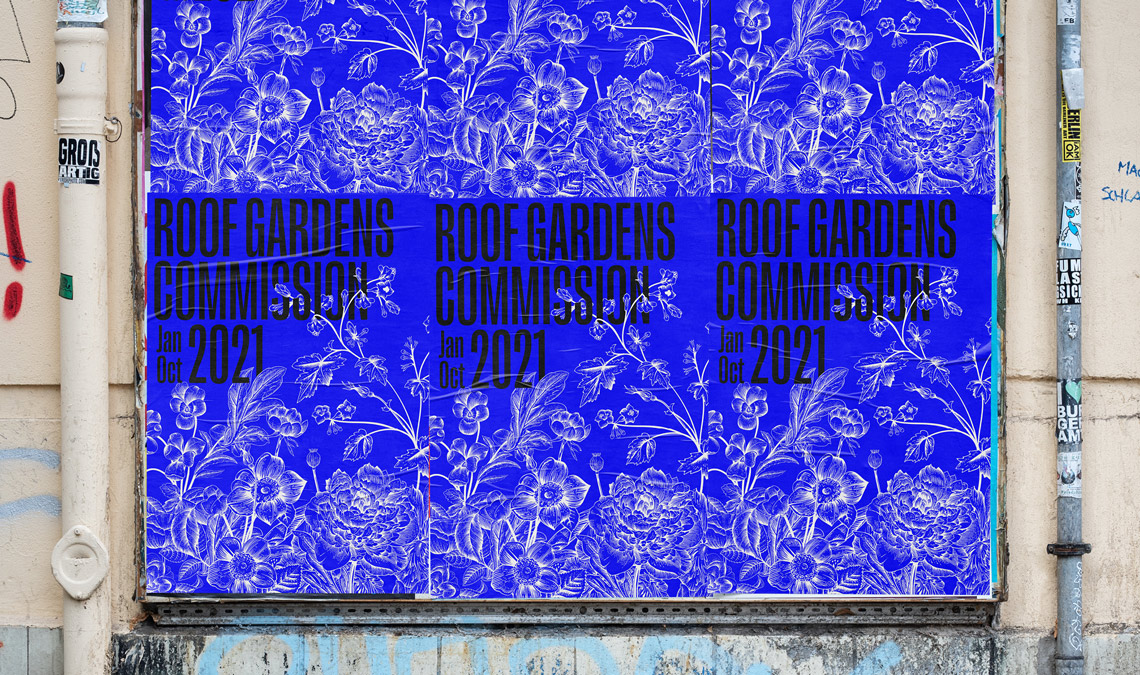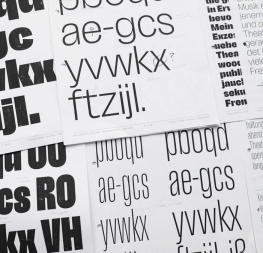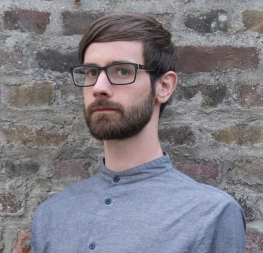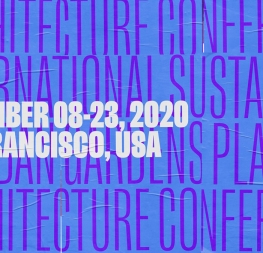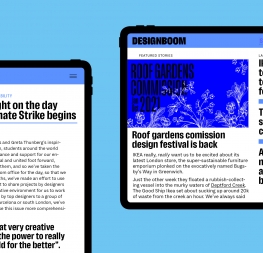Interview with Florian Fecher
December 2020
Florian Fecher is a German type and graphic designer, calligrapher, letterer, typographer, and writer. We talked together for the first time over a year ago, when he was chosen as the fifth winner of the Gerard Unger Scholarship. Fecher finalised Lektorat, his graduation typeface made during the EsadType programme in Amiens, France, under the supervision of Veronika Burian and José Scaglione. Now that TypeTogether has released the Lektorat family, we reconnected to see what has transpired.

